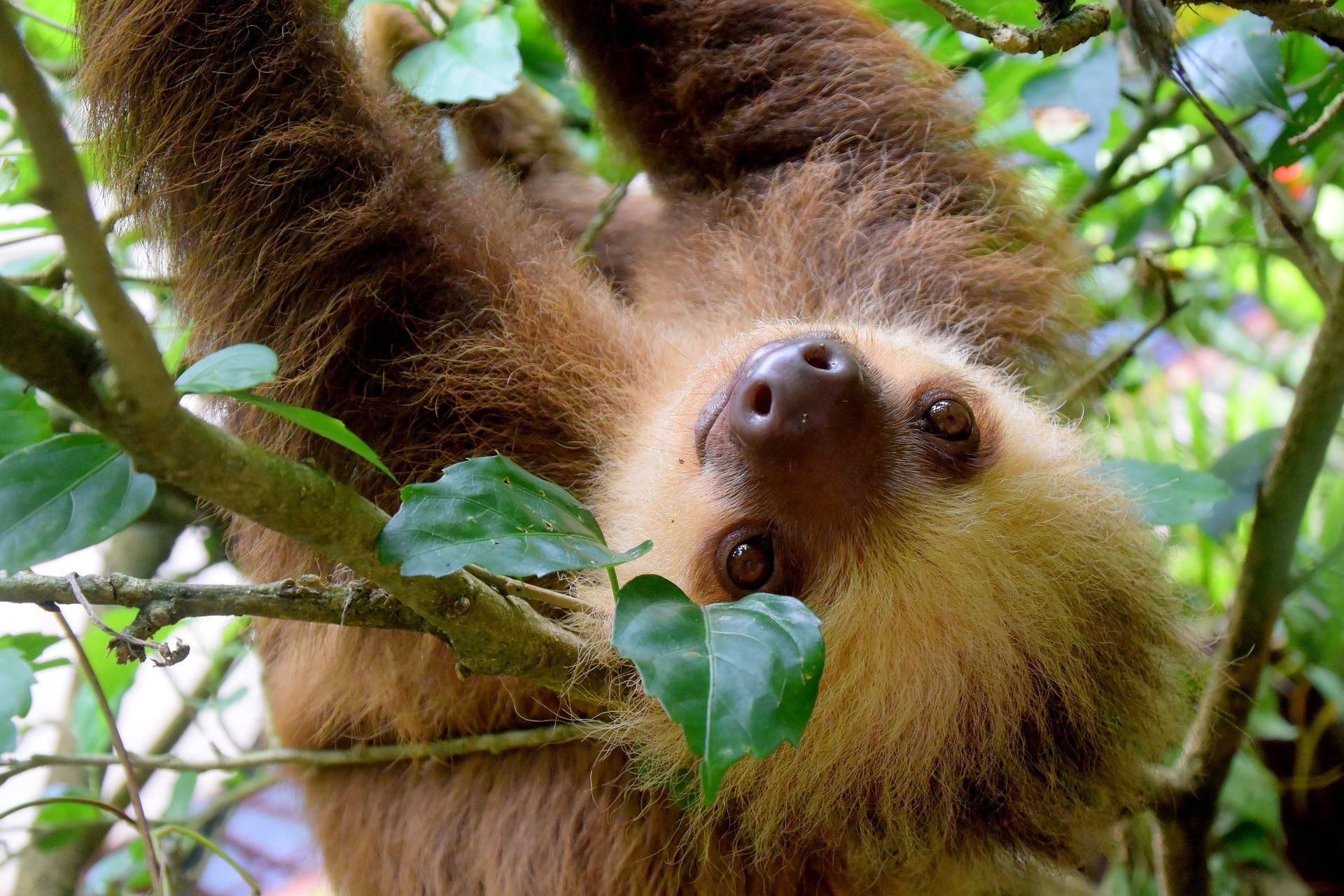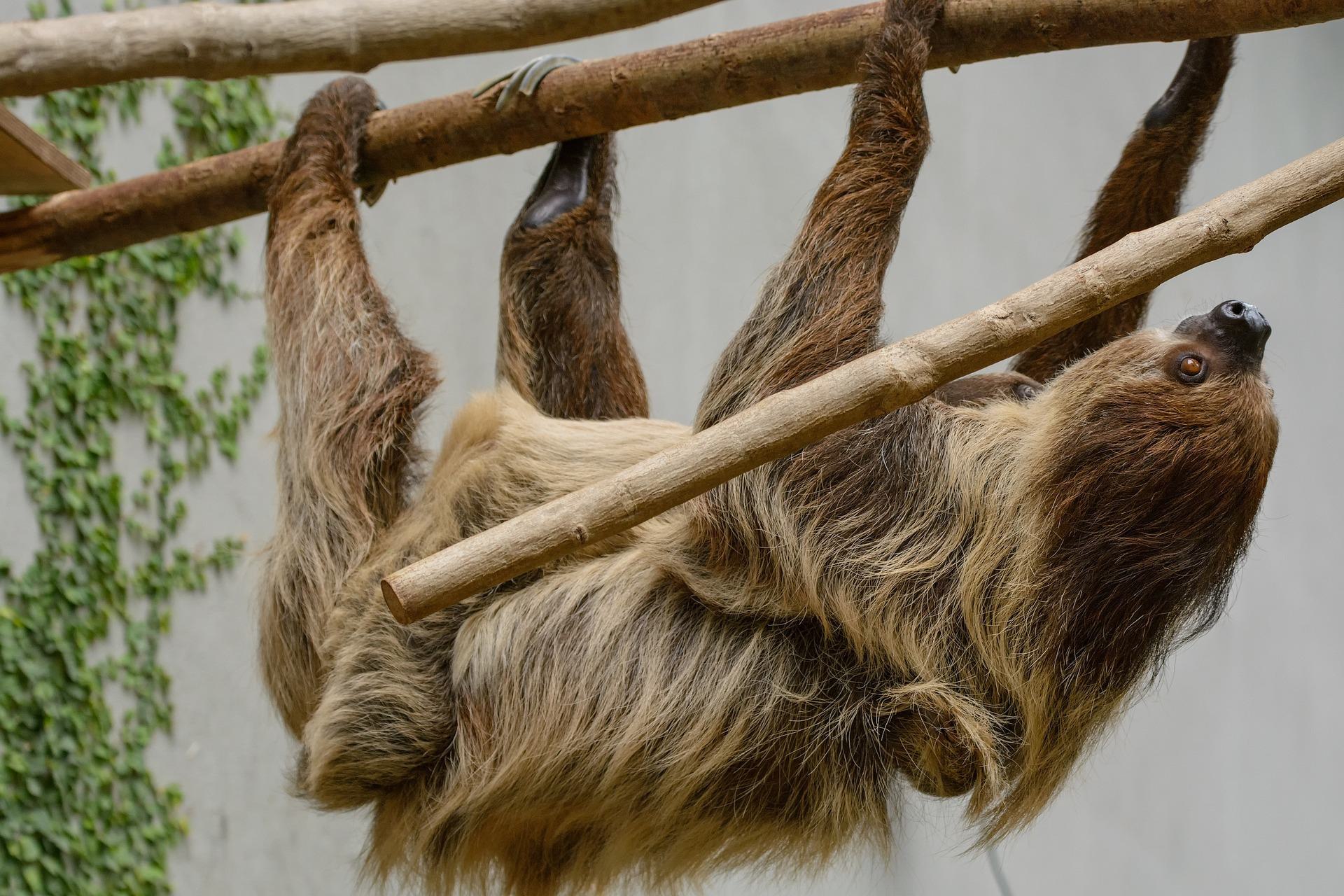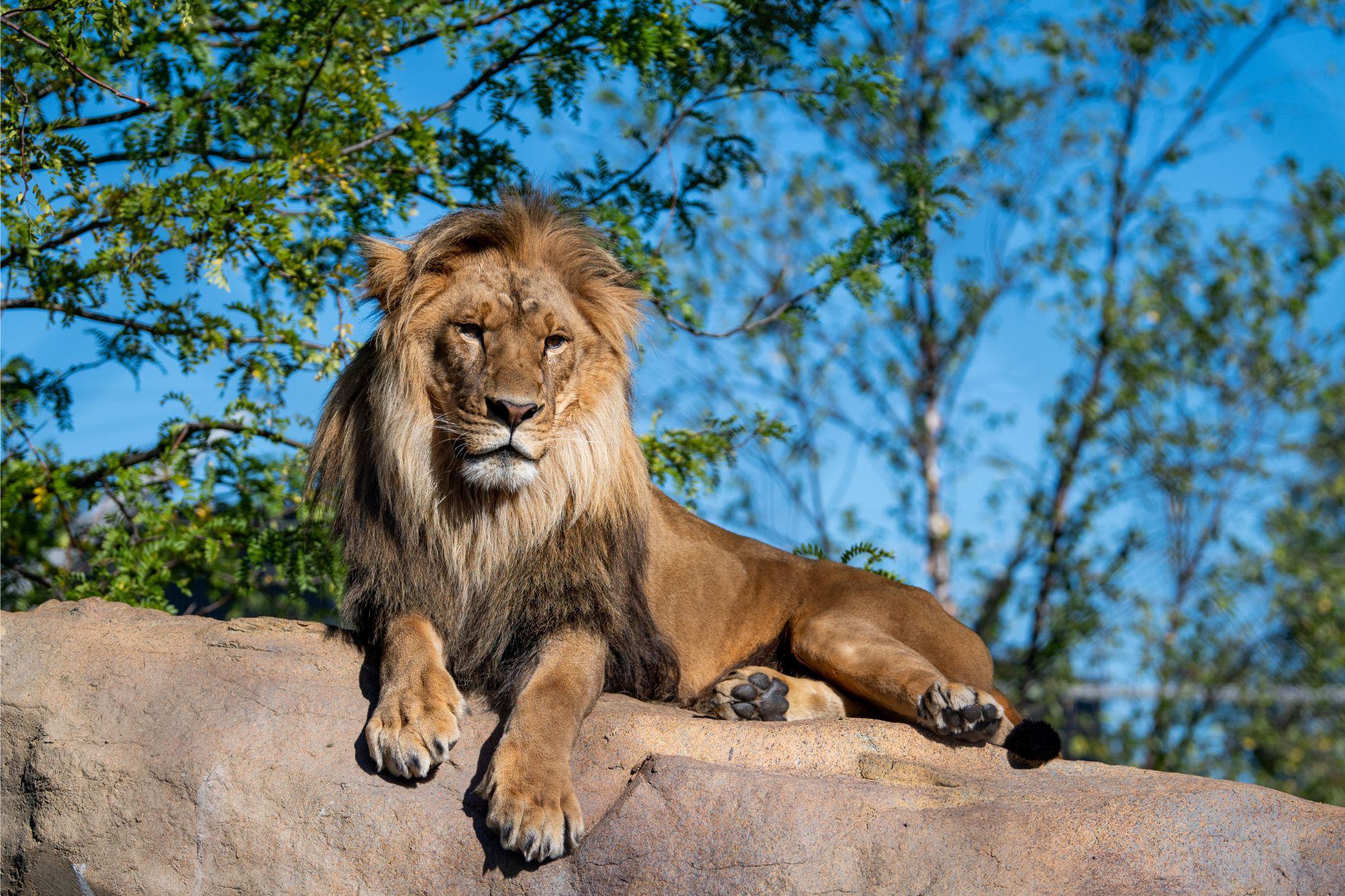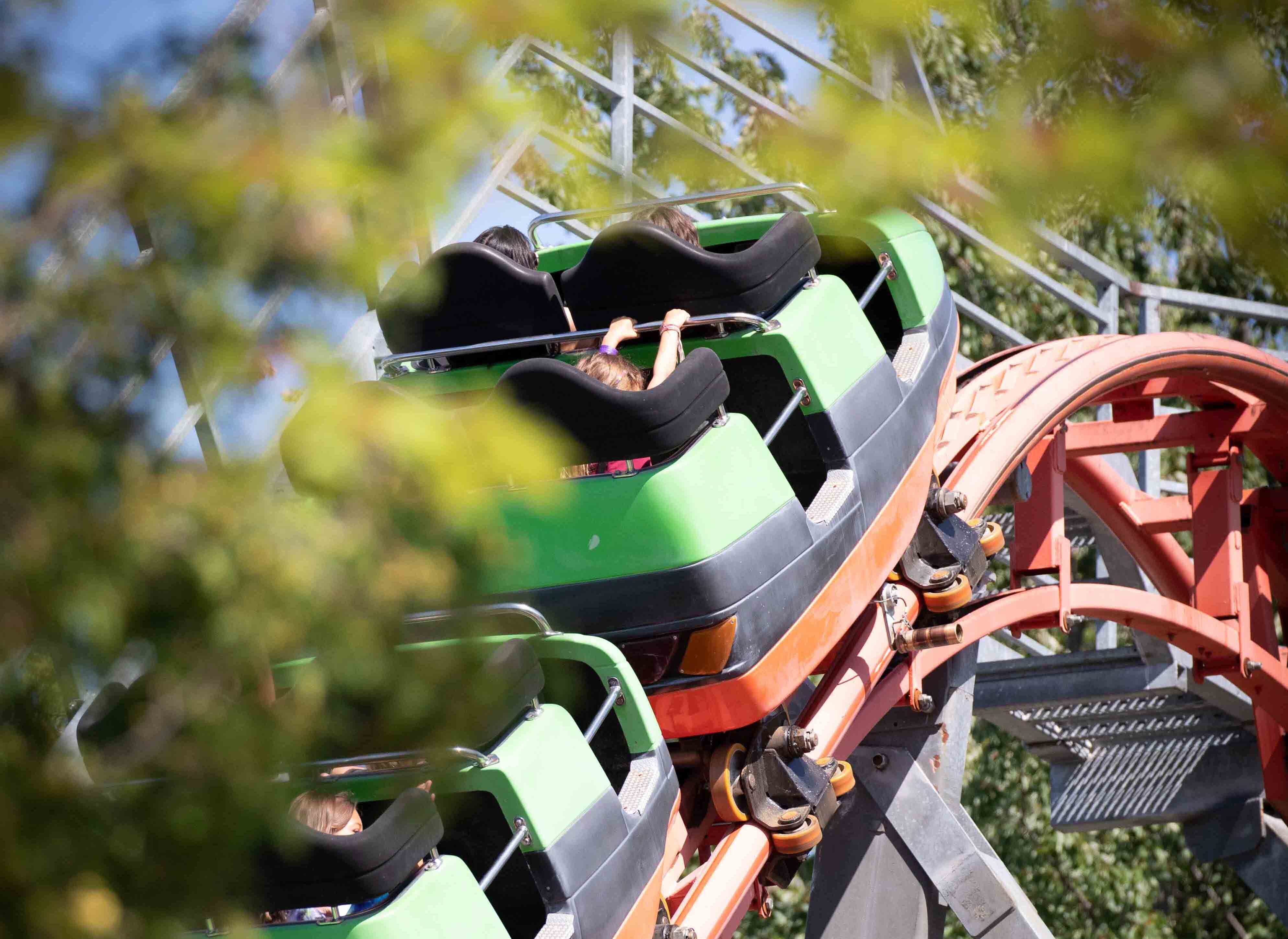
Two-toed sloth
Two-toed sloth
Distribution
Northern part of South America
Diet
Herbivore
Habitat
Tropical Forests
Latin Name
Choloepus didactylus
IUCN conservation status
These slowness disciples spend their lives hanging upside down.
Interesting informations







